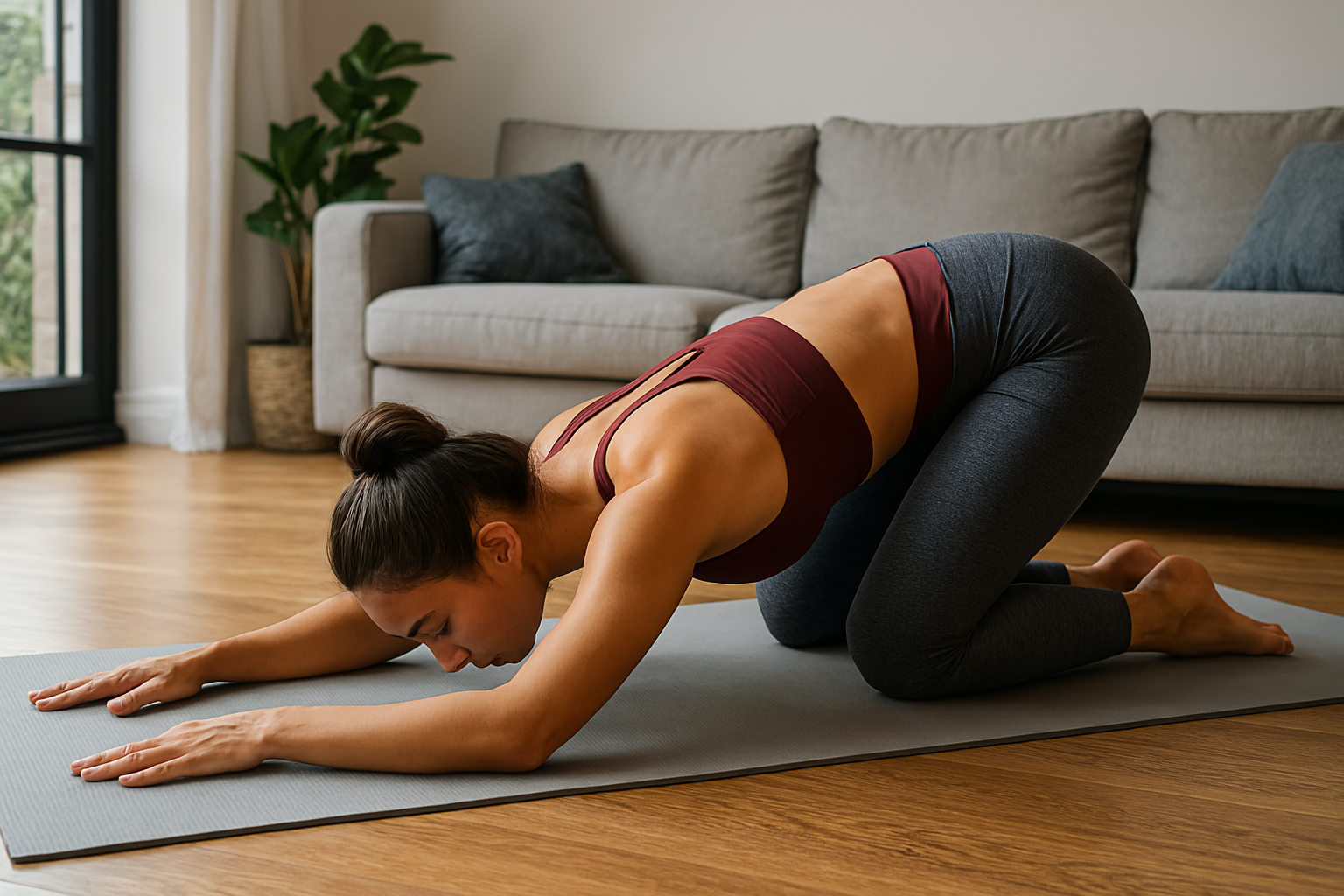Yoga, a practice steeped in ancient wisdom, offers a path to physical, mental, and spiritual well-being. But for many aspiring yogis, the journey begins with a significant hurdle: flexibility. The graceful poses that grace Instagram feeds can seem impossibly out of reach when your hamstrings feel like steel cables. However, flexibility is not an innate trait; it’s a skill that can be cultivated with patience, dedication, and the right approach. This article will explore nine effective ways to enhance your flexibility, paving the way for a more fulfilling and enjoyable yoga practice.
1. Embrace Consistent, Gentle Stretching: The Foundation of Flexibility
The key to unlocking flexibility lies in consistency. Daily, gentle stretching is far more effective than sporadic, intense sessions. Think of it as watering a plant; consistent, small doses nurture growth.
- Dynamic Stretching: Start with dynamic stretches, such as leg swings and arm circles, to warm up your muscles before static stretches.
- Static Stretching: Hold static stretches, like hamstring stretches or seated forward folds, for 20-30 seconds, focusing on deep breaths.
- Listen to Your Body: Never force a stretch beyond your comfortable range. Pain is a signal to back off.
2. Prioritize Breathwork: The Silent Stretch Enhancer
Breath is the lifeblood of yoga, and it plays a crucial role in flexibility. Deep, conscious breathing relaxes muscles and allows for deeper stretches.
- Ujjayi Breath: Practice Ujjayi breath (victorious breath) during your stretches. This breath creates internal heat and promotes relaxation.
- Diaphragmatic Breathing: Focus on deep, diaphragmatic breathing, allowing your belly to expand and contract with each breath.
- Breath Awareness: Pay attention to your breath throughout your practice, noticing how it affects your body and mind.
3. Utilize Props: Your Flexibility Allies
Props, such as yoga straps, blocks, and bolsters, are invaluable tools for enhancing flexibility. They provide support and allow you to explore poses safely and effectively.
- Yoga Straps: Use straps to extend your reach in poses like hamstring stretches and shoulder stretches.
- Yoga Blocks: Use blocks to elevate your hands in poses like triangle pose and half-moon pose.
- Yoga Bolsters: Use bolsters for restorative poses, allowing your body to relax and release tension.
4. Incorporate Foam Rolling: Releasing Muscle Tension
Foam rolling can help release muscle tension and improve flexibility. It targets tight spots and knots, allowing for deeper stretches.
- Target Tight Areas: Focus on areas prone to tightness, such as hamstrings, quads, and calves.
- Slow and Controlled Movements: Roll slowly and deliberately, pausing on tender spots for 20-30 seconds.
- Regular Use: Incorporate foam rolling into your routine several times a week.
5. Practice Yin Yoga: Deep Tissue Release
Yin yoga is a slow-paced style of yoga that focuses on holding poses for extended periods, targeting deep connective tissues.
- Long Holds: Hold poses for 3-5 minutes, allowing your body to release tension and increase flexibility.
- Passive Stretching: Embrace passive stretching, allowing gravity to do the work.
- Mindful Presence: Focus on your breath and sensations, cultivating a sense of mindfulness.
6. Incorporate Strength Training: Building Stability and Range
Strength training complements flexibility by building stability and increasing range of motion. Strong muscles provide a solid foundation for deeper stretches.
- Bodyweight Exercises: Incorporate bodyweight exercises, such as squats, lunges, and planks.
- Resistance Training: Use light weights or resistance bands to strengthen supporting muscles.
- Balanced Approach: Balance strength training with flexibility exercises for optimal results.
7. Maintain Hydration and Nutrition: Fueling Flexibility
Proper hydration and nutrition are essential for muscle health and flexibility. Dehydrated muscles are more prone to tightness and injury.
- Hydration: Drink plenty of water throughout the day.
- Nutrient-Rich Diet: Consume a balanced diet rich in fruits, vegetables, and lean protein.
- Anti-Inflammatory Foods: Incorporate anti-inflammatory foods, such as turmeric and ginger, to reduce muscle soreness.
8. Prioritize Rest and Recovery: Allowing Muscles to Rebuild
Rest and recovery are crucial for muscle repair and growth. Overtraining can lead to injuries and hinder flexibility progress.
- Adequate Sleep: Aim for 7-8 hours of quality sleep each night.
- Rest Days: Incorporate rest days into your training schedule.
- Listen to Your Body: Pay attention to your body’s signals and allow for adequate recovery time.
9. Cultivate Patience and Self-Compassion: The Mindset of Progress
Flexibility is a journey, not a destination. It requires patience, persistence, and self-compassion.
- Set Realistic Goals: Set achievable goals and celebrate your progress along the way.
- Embrace Imperfection: Accept that some days will be better than others.
- Practice Self-Compassion: Be kind to yourself and avoid self-criticism.
The Journey to Flexibility: A Lifelong Practice
Becoming more flexible for yoga poses is not about achieving picture-perfect asanas; it’s about cultivating a deeper connection with your body and mind. By embracing consistent stretching, breathwork, props, foam rolling, Yin yoga, strength training, proper nutrition, rest, and a patient mindset, you can unlock your inner stretch and embark on a transformative yoga journey. Remember, flexibility is a gradual process, and every step you take is a step in the right direction. Embrace the journey, and enjoy the profound benefits of a more flexible and balanced body. Sources and related content

Leave a Reply